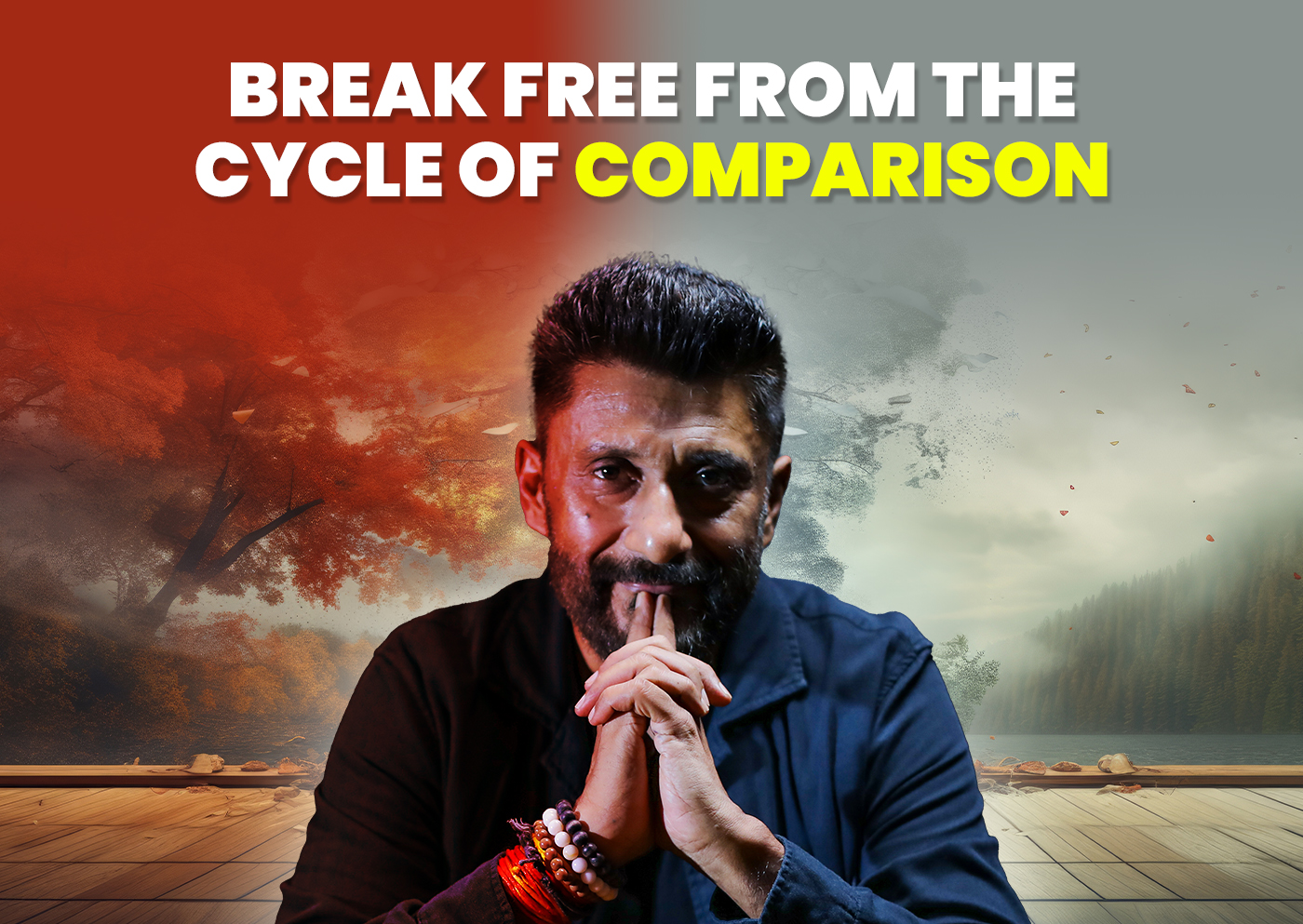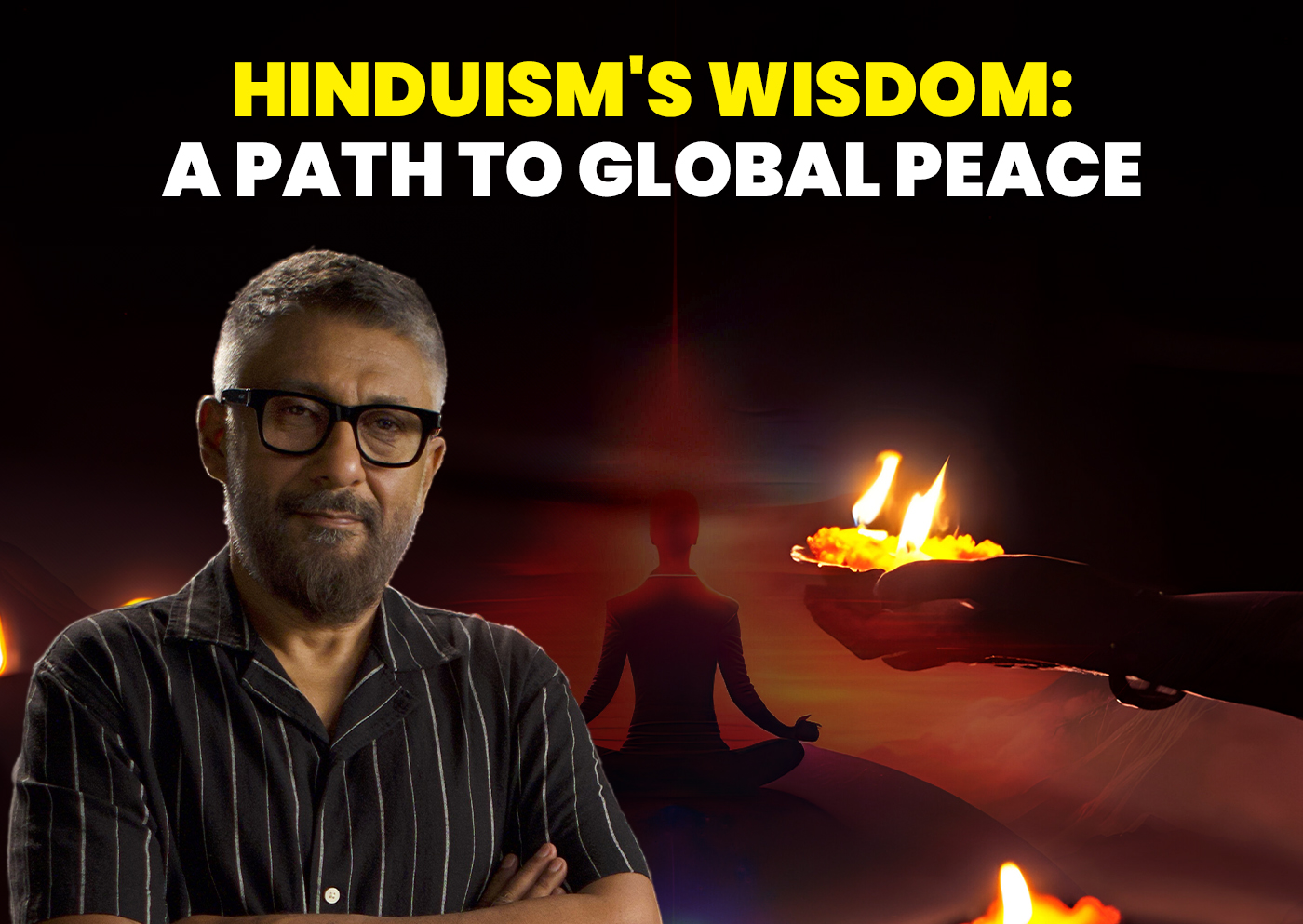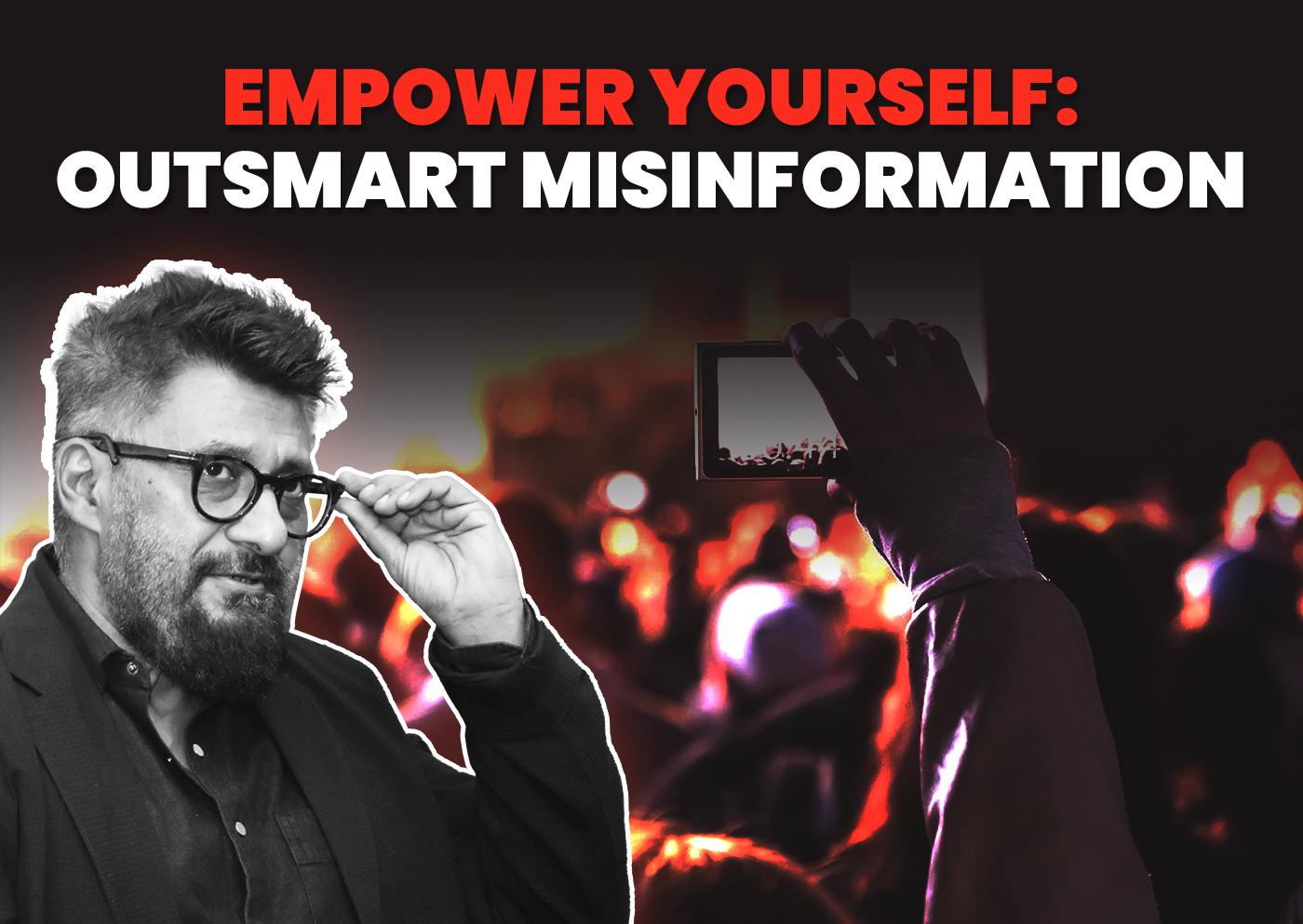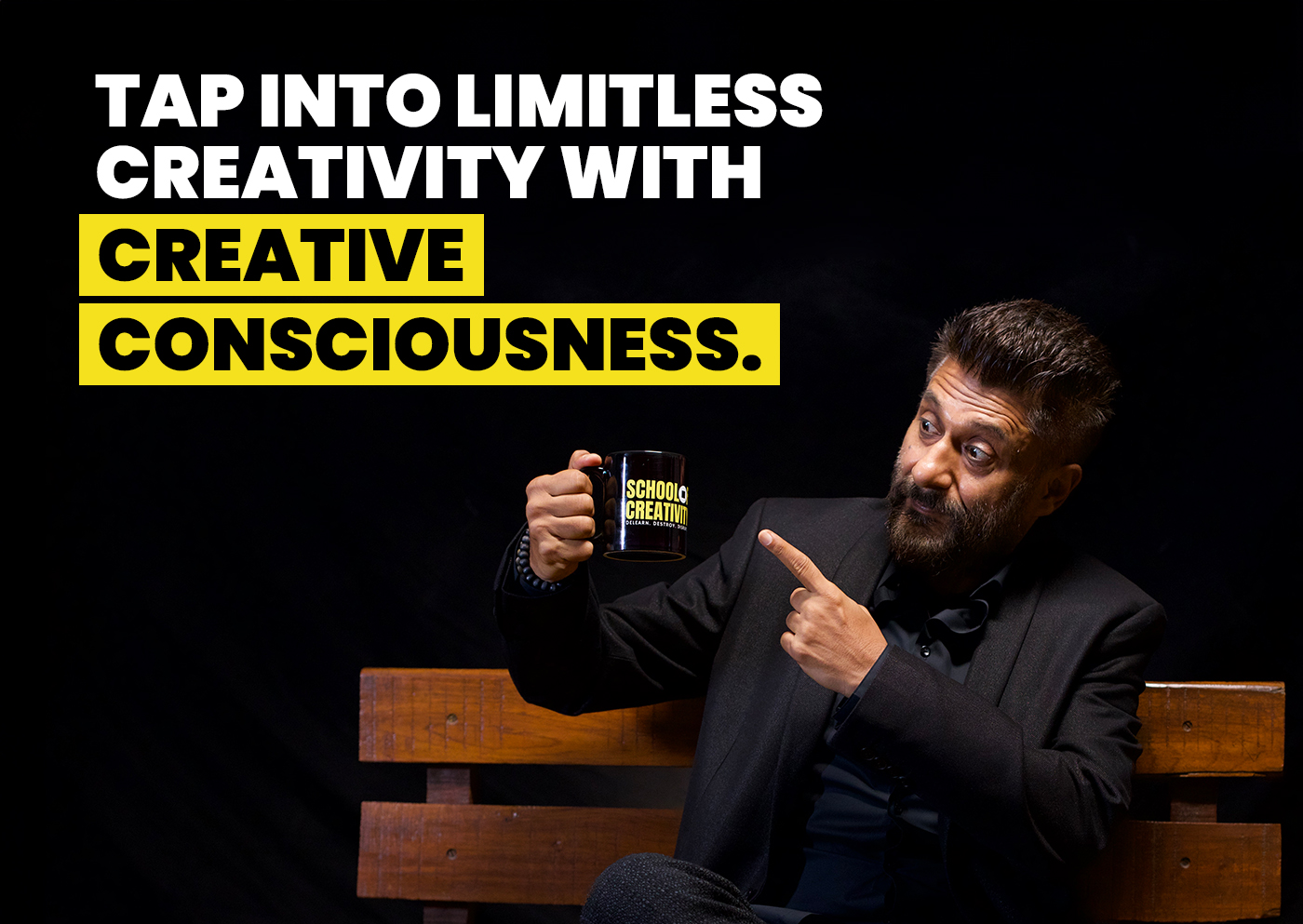

Finding Balance In A Digital World: Addressing TechnoStress
Get ready to reboot your life with tips that promise more zen and less screen time.
The world around us is unpredictable. Technology brings new challenges with it, and there is often the pressure to be constantly engaged and up to date. The already blurred lines between home life and work life are getting fainter each day, especially if you take your work home, too.
Now, more than ever, we need to develop the skills to perform well at work, be present for our loved ones, and feel our best. But these notions of catering to your mental and physical health, lowering stress, staying on top of your work, and spending time with people and things that matter ultimately come down to one thing: a balanced life.
The greatest threat to this balance is technostress, which stems from our complicated relationship with technology. Our constant use of technology and dependence on it can negatively impact our mental and emotional well-being.
The Newest Pandemic
With the continuous evolution of smartphones, social media, and the always-on culture, it’s no wonder that technostress has become the newest pandemic in 2024. We are all aware of this pandemic, yet we ignore it while it silently infiltrates our lives, affecting our well-being and productivity.
The very tools that were designed to simplify our lives have become the source of overwhelming pressure, burnout, and unease. The question then arises: How can we break free from its grip?
To address technostress, it’s crucial to cultivate digital mindfulness and adopt healthier technology habits. Create intentional boundaries between yourself and your devices, incorporate detoxes, and foster a mindful approach.
The Cost of Technostress
Before we discuss ways to disconnect, let’s consider the impact that hyperconnectivity has had on our daily lives.
- Mental and Emotional Drain:
Excessive screen time and constant access can lead to anxiety, stress, and burnout. The pressure to constantly respond to messages and notifications is overwhelming. We’re all too familiar with the term FOMO. - Physical Health:
Having an excessively sedentary lifestyle where you are staring at screens all day long can lead to issues like obesity, eye strain, and sleep disturbance. - Relationships:
While technology was initially meant to help us stay in touch with our loved ones, in many cases, it has caused relationships to crumble. We may be present physically, but mentally, our attention gets divided between screens and people. - Self-Reflection:
The constant clutter of the digital world can drown out our inner thoughts and creativity. It’s challenging to reflect when digital stimuli constantly trigger your mind.
Going Beyond The Work-Life Balance
The continuous inflow of mail, demanding deadlines even when working remotely, and social media pressure can highly affect the line between work and personal time. It’s easy to fall into the trap of multitasking while chasing productivity. You must create clear boundaries beyond a primary work-life balance in this digital era.
- Define Clear Working Hours:
Clearly define your working days and hours and stick to them. After that, unplug from digital devices related to work. Ensure a clear boundary between your work schedule and when you’re off-duty. - Define A Place Of Work:
When working remotely, create a specific working zone. Make sure it is peaceful and free from distractions, which will help you be at the peak of your productivity. Limit your digital usage for work to that area only. - Leverage Advancements In Technology:
Use technology to your advantage. When working, ensure you receive notifications for important messages only and mute the rest. Similarly, try to avoid work notifications once you log off for the day. - Self-Care Activities:
Spend time exercising, meditating, or enjoying quality time with yourself and your loved ones. Physical human contact is the most significant self-care dose you can give yourself. Unplug from your phone and enjoy their company in the moment.
- Nature Retreats:
Spend time in nature. Whether it’s a trek, a day at a park, or a weekend camping trip, nature has a way of grounding us and reconnecting us to a world beyond screens. - Mindfulness and Meditation:
Take out designated time from your day to reconnect with yourself. These practices will help you become more aware of your thoughts and feelings, reduce stress, and promote mental clarity.
Embracing Mindfulness with Vivek Agnihotri
Vivek Agnihotri, a visionary filmmaker and public intellectual, has long emphasized the importance of mindfulness in the digital era. Through his works and public talks, he advocates for a conscious disengagement from the digital frenzy that consumes modern life.
His approach to mindfulness extends beyond mere meditation; it is about cultivating a lifestyle that prioritizes real connections over digital ones and authentic experiences over virtual distractions. Agnihotri’s philosophy resonates with the idea that mindfulness is not just a practice but a way of living that can significantly mitigate the effects of technostress.
Vivek’s Techniques for Digital Detox
Agnihotri’s methods for combating technostress include periodic digital detoxes, where he encourages disconnecting from all forms of digital media to reconnect with one’s inner self and the immediate physical environment. He emphasizes the power of storytelling and creative expression as tools for mindfulness, encouraging individuals to engage in activities that nurture their creativity and a sense of purpose, such as writing, painting, or filmmaking, without the constant need for digital validation.
Agnihotri’s lifestyle is a testament to the effectiveness of these practices, demonstrating how individuals can achieve a harmonious balance between their digital and real-life personas.
A Call for Mindful Integration
Finding balance is crucial in a world where technology intercepts every aspect of our lives. Vivek Agnihotri’s insights and practices offer hope for those struggling with technostress. By integrating mindfulness into our daily routines, setting clear boundaries between our digital and personal lives, and embracing activities that reconnect us with ourselves and the world around us, we can navigate the digital landscape without losing our sense of self.
It’s essential to remember that genuine connection begins within ourselves and those around us. By disconnecting from the digital noise, we can rediscover the joy of living in the moment, nurturing our well-being, and cultivating meaningful relationships. So, let’s embrace the power of “disconnecting to connect” and find the balance that allows us to thrive in both the digital and offline worlds. #DisconnectToConnect






